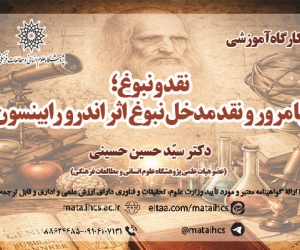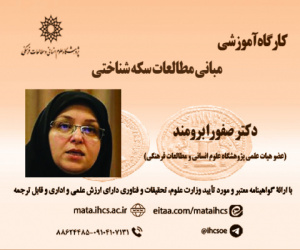چرخه های زندگی زناشوئی و تصمیم به طلاق (مقاله علمی وزارت علوم)
درجه علمی: نشریه علمی (وزارت علوم)
آرشیو
چکیده
این مقاله به مطالعه بسترهای شکل گیری تصمیم به جدایی و طلاق در بین ساکنان شهر تهران، با رویکرد چرخه های زندگی می پردازد. روش پژوهش، پیمایشی بوده و برای جمع آوری داده ها از پرسشنامه استفاده شده است. جامعه آماری شامل کلیه زنان و مردان متأهل ساکن شهر تهران در سال 1401 می باشد و حجم نمونه نیز 630 نفر زن و مرد متأهل ساکن شهر تهران هستند که به صورت تصادفی از مناطق 22گانه تهران انتخاب شدند. برای تبیین موضوع مورد نظر از نظریات همسان همسری، نقش ها و تاب آوری استفاده شده است. نتایج نشان می دهد که تصمیم به جدایی و طلاق متأثر از سه مرحله زندگی زوجین است: مرحله نخست، یعنی آشنایی و سازگار شدن زوجین (38 درصد)، مرحله دوم، یعنی میانه زندگی خانوادگی با مشخصه ثبات زندگی زناشوئی (28 درصد) و مرحله پایانی چرخه زندگی زناشوئی، یعنی مؤلفه های ناپایدارکننده زندگی و بروز فرایند غریبگی (30 درصد).Stages of Marital Life and the Decision to Divorce
This article examines the decision-making framework for separation and divorce among Tehran residents from the perspective of life course theory. The research method used in this study is survey-based, using a questionnaire to collect data. The statistical population includes all eligible women and men living in Tehran in 2022, and the sample size is 630 eligible residents of Tehran (men and women) who were randomly selected from each of the 22 districts of Tehran. To clarify the subject matter, theories of marriage, roles and role strain were used. The results show that the decision to separate or divorce is influenced by three stages of a couple's life cycle; in the first stage of family life, which is the stage of acquaintance and compatibility of the couple (38%), the second stage, which is the middle stage of family life, characterized by the stability of married life (28%), and the final stage of the life cycle of married life, characterized by the inconsistent requirements of life and the emergence of the estrangement process (30%), all have an impact on the couple's decision to separate.









